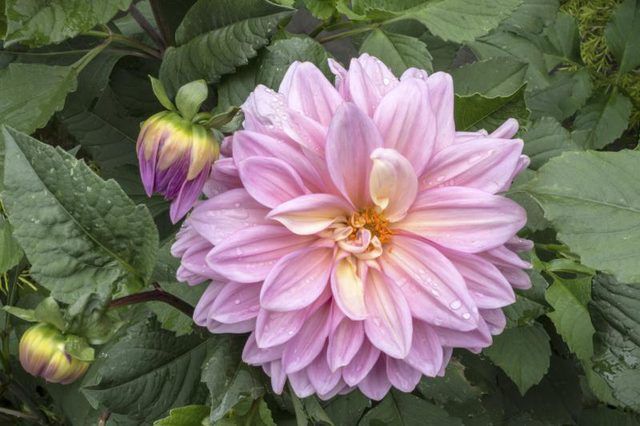Bulbs
Flower Basics
Flower Beds & Specialty Gardens
Flower Garden
Garden Furniture
Garden Gnomes
Garden Seeds
Garden Sheds
Garden Statues
Garden Tools & Supplies
Gardening Basics
Green & Organic
Groundcovers & Vines
Growing Annuals
Growing Basil
Growing Beans
Growing Berries
Growing Blueberries
Growing Cactus
Growing Corn
Growing Cotton
Growing Edibles
Growing Flowers
Growing Garlic
Growing Grapes
Growing Grass
Growing Herbs
Growing Jasmine
Growing Mint
Growing Mushrooms
Orchids
Growing Peanuts
Growing Perennials
Growing Plants
Growing Rosemary
Growing Roses
Growing Strawberries
Growing Sunflowers
Growing Thyme
Growing Tomatoes
Growing Tulips
Growing Vegetables
Herb Basics
Herb Garden
Indoor Growing
Landscaping Basics
Landscaping Patios
Landscaping Plants
Landscaping Shrubs
Landscaping Trees
Landscaping Walks & Pathways
Lawn Basics
Lawn Maintenance
Lawn Mowers
Lawn Ornaments
Lawn Planting
Lawn Tools
Outdoor Growing
Overall Landscape Planning
Pests, Weeds & Problems
Plant Basics
Rock Garden
Rose Garden
Shrubs
Soil
Specialty Gardens
Trees
Vegetable Garden
Yard Maintenance
How to Grow Peonies in Containers
How to Grow Peonies in Containers. Peonies (Paeonia spp.) can grow well in containers. Common garden peonies (Paeonia lactiflora), which are hardy in U.S. Department of Agriculture plant hardiness zones 3 through 8, are herbaceous perennials that die down in fall. Tree peonies (Paeonia suffruticosa, USDA zones 4 through 8) are woody shrubs. Select...

Peonies (Paeonia spp.) can grow well in containers. Common garden peonies (Paeonia lactiflora), which are hardy in U.S. Department of Agriculture plant hardiness zones 3 through 8, are herbaceous perennials that die down in fall. Tree peonies (Paeonia suffruticosa, USDA zones 4 through 8) are woody shrubs. Select containers that complement your garden's style, such as metal containers for contemporary gardens, faded terracotta for Mediterranean gardens, or decorative clay pots for cottage gardens.
Containers for Growing Peonies
Peonies need large containers with drainage holes. Peony root balls are large, and their containers should fit the root balls without crushing them, plus another inch or two of space around root balls' sides and bases. A 5-gallon container is usually large enough for one peony.
Most frost-proof containers are suitable, including clay, wood and plastic. Common garden peonies don't tolerate transplanting well, and tree peonies are slow-growing, so both plants should stay in their containers for three or four years. Heavy containers such as clay help prevent tree peonies from blowing over in strong winds, but dry out quickly compared to wood and plastic containers. Wood containers made of cypress or cedar are rot-resistant.
Sites and Potting Soils
Full-sun or partially shaded sites are best for growing peonies, and the plants need organically-rich, well-draining potting soil. These large plants are heavy and difficult to move, so choose your growing site well, or place the pots on boards with wheels.
A mixture of soilless potting soil and well-rotted manure or rich garden compost is suitable for growing peonies. You can buy commercial soilless potting soil or you can mix your own using 1 part sphagnum peat moss and 1 part perlite or vermiculite. Mix 2 shovels of potting soil with 1 shovel of manure or compost, and fill the containers with this mixture. Every spring, when new growth appears on the peonies, scrape the loose potting soil mixture from the surface of the containers and replace it with fresh mixture.
Water and Fertilizer
Peonies in containers need more water and fertilizer than plants in the ground. Water the peonies when the soil surface is dry. Slowly pour water over the potting soil until it appears through the drainage holes in the base of the container. In hot weather, peonies may need watering once or more per day.
Fertilize peonies in pots once every month while the plants are in leaf. Dilute 1/2 teaspoon of a liquid 15-30-15 fertilizer in 1 gallon of water, and apply the solution to the potting soil. You can replace water with fertilizer solution if the peonies need watering. Manufacturer's instructions vary between products, so read and follow the instructions on the label.
Frost Protection
An advantage of growing peonies in containers is that you can move them indoors to protect them from frosts. Freezing temperatures can damage peonies and affect flowering in the following season.
When common garden peonies have died down and tree peonies have lost all their leaves, move the containers to an unheated indoor area, such as a garage. Water the containers when the soil surface is dry to a depth of 1 inch. The peonies aren't growing and using water at this time. It's important not to water so much that the potting soil becomes soggy, which can cause rotting. Move the containers outdoors again when new growth appears in spring.